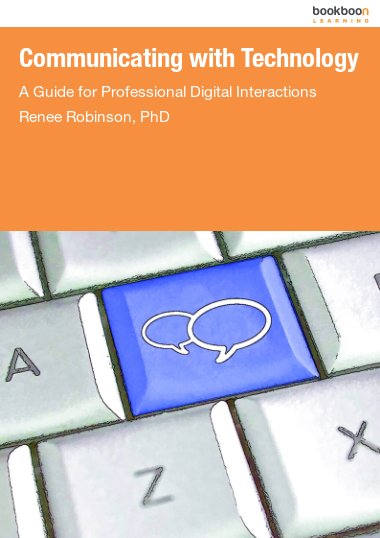Effective communication, both oral and written, is one of the most sought after skills employers desire in employees. And individuals who communicate effectively are frequently rewarded in the workplace with promotions and advancements. Usually when people think about communication we describe it as how individuals relate to one another using a common set of signs and symbols to share feelings, ideas, and thoughts with one another. However, communication isn’t only about sharing information; it’s about creating appropriate messages via different communication channels to obtain shared understanding among interacting people. Communication is a complicated human activity and to be an effective communicator, knowledge about the communication process, skills for interacting with others and understanding the different rules that guide human interactions in various environments is required. Therefore, to master the skills employers want in their workforce, individuals must carefully think about different factors that affect the communication process and the likelihood of success in each interaction – especially as it occurs in the workplace.
The breadth of the communication discipline coupled with the circumstances in which it occurs has produced a number of different books dedicated to the study of communication and how to effectively interact with others such as family members, friends, significant others and workplace colleagues, to name a few. Some communication topics consist of computer-mediated communication, group communication, interviewing effectively, listening, public speaking, and writing. Each of these topics is valuable and happens in our daily lives. For many of us, the majority of our day is spent at work or in a professional setting related to our career. Given the significant role that work plays in the human experience and our personal/professional identities, it is critical to understand the relationship between image and communication. In studying this relationship, it is also important to highlight another pervasive component of our lives, interpersonally and work related: technology. Technological devices have changed how we communicate and interact, perform workplace tasks and shape our professional images. Regardless of the industry or position, the ways in which employees fulfill tasks and manage relationships, involves both communication and technology.
The ability to communicate effectively in the workplace is essential for your personal and professional success. Over your career you will have a number of opportunities to participate in organizational communication exchanges. Some conversations will occur in business meetings, corporate presentations, departmental/unit gatherings, and email messages among various other communication and technology-based activities. Each interaction creates an opportunity for you to enhance or diminish the impression or professional image you wish to leave on others. Although there are a variety of different types of business communication (e.g., business writing, managerial communication, or presentation development), this text focuses on helping you to become a competent communicator when communicating digitally in professional contexts. Consequently, email, voicemail, video chat and social media, as digital forms of workplace communication, will be explored in relation to the theories of communication competency, impression management and personal branding.
Therefore the purpose of this book is to:
Acquaint you with the theory of communication competency and what it means to be a competent communicator in a digital environment
Familiarize you with the communication process as well as the elements and forms of communication occurring in professional settings
Introduce you to criteria for communicating effectively in digital workplace environments and contexts
Provide you with tips and best practices for communicating competently in the workplace when using digital channels such as voicemail, email, video chat, and social media.
Author’s Note: Dr. Renee Robinson has over a decade of teaching experience. In her work with students the questions she most often receives concerns how to transition from the classroom to the workplace and how to use communication effectively to meet professional goals and obtain positions of interest. In response to those questions and for the opportunity and privilege of working with college students, Dr. Robinson dedicates this book to them. Her students have been a guiding source of inspiration, which made this book possible.

